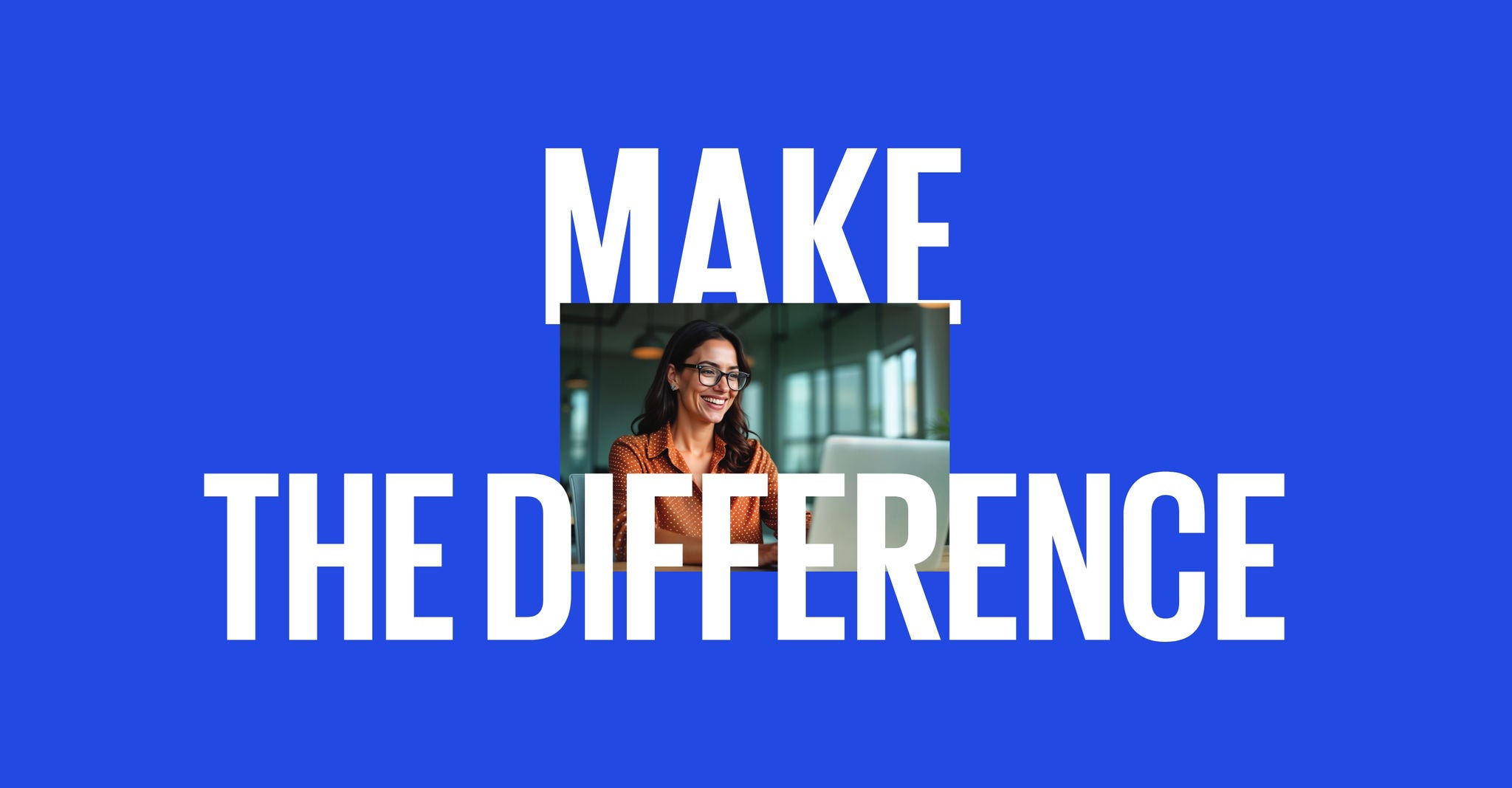The first is business design, which is critical to drive productivity in business operations and contribute to profitable growth.
When you introduce technology-enabled change in an organisation, it’s essential to look at the whole process end-to-end. This includes how the change impacts complementary levers like skills, data, and functional structures. If not, the change could simply add to existing workloads as people create workarounds to fit the change into their existing ways of working.
For example, a Financial Services organisation we worked with had an extensive front-to-back reporting process, handling many data points.
It decided to implement a management information (MI) dashboard using a well-known vendor software. The firm’s IT people implemented it successfully, but business design was not considered. As a result, the dashboard failed to deliver the expected efficiencies in terms of reduced effort. If anything, people spent more effort trying to adapt their existing way of working to fit the dashboard, rather than totally overhauling processes around the dashboard.
People continued using spreadsheets to format data sets in the right way for the dashboard. They used the dashboard to analyse the data and create charts. The charts were then extracted back into the spreadsheet to create tables to include in reports. This even included taking screenshots of charts to paste into reports.
The final reports were meant to be used by senior leaders for decision making, but the datasets had been aggregated to such a high level that they were not able to examine them in more detail. For example, data points were aggregated in crude red, amber and green ratings, but it wasn’t clear what resulted in an amber rating.
Those responsible for reading and acting on the reports complained there was insufficient detail behind them, with any queries requiring lengthy analysis.

